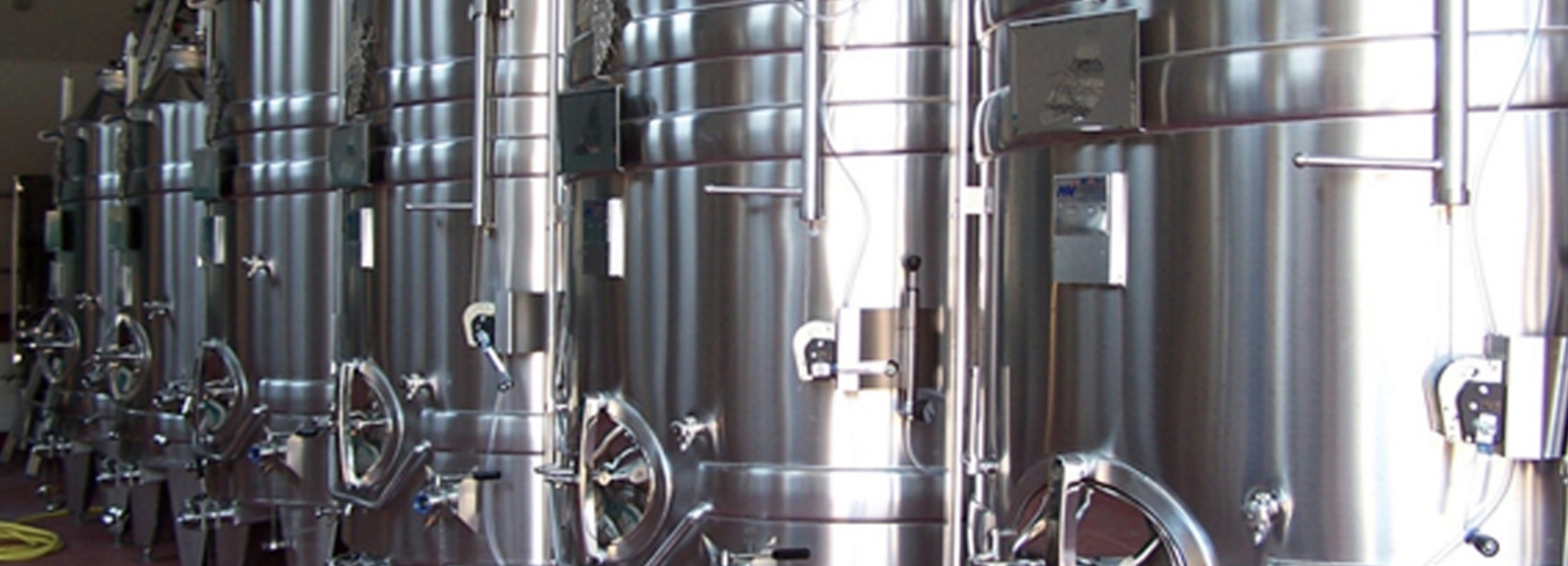The process of producing award winning English wines, is both an art, and a science. The team at Hattingley Valley vineyard who produce an outstanding wine explain how. From the grapes nurtured on Hampshire chalk, to the delicious sparkling wine made unique by the elegant touch of oak. The team have immense pride in their work and we are delighted that this has been recognised by so many international and national awards.
THE GRAPE AND HARVEST.
The process leading to the perfect English Sparkling wine, by Hattingley Valley Vineyard, Hampshire.
Harvest is the pinnacle of the grape growing year at Hattingley Valley. The vineyard team decides when the grapes are perfectly ripe to pick and then gets to work. Each bunch is carefully picked by hand to avoid any damage to the grapes. The hours are long and days endless, but it brings everyone together and is just the start of the wine making journey.
PRESSING
The grapes are rushed to the winery to be pressed as soon as possible. The grapes travel in 20kg crates to avoid any premature squashing. Once loaded into the Coquard press gentle pressure is applied to minimise the extraction of undesirable colour and tannins. This produces the finest quality juice from our carefully nurtured Hampshire grapes.
 FERMENTATION
FERMENTATION
This quality juice is then fermented into a fairly neutral base wine using a special champagne yeast. Here at Hattingley a small proportion of our wine is fermented in old Burgundian oak barrels with the remainder in stainless steel tanks. Temperature control is key – too cold and the yeast won’t work, too hot and the fermentation will run too fast and possibly get stuck. Some of the juice is selected for malolactic fermentation in which case those bacteria are co-inoculated with the yeast to soften the green malic acid found in the grapes to softer lactic acid.
BLENDING
The art of blending aims to ensure a consistent style from year to year and to identify the different types of wine we make. At this point reserve wine from previous vintages may be added to the current blend. The winemaking team call on their experience of tasting the individual wines over the years to perfect this art.

TIRAGE AND BOTTLING
Before the wine is bottled tirage liqueur must be added. The liqueur is a mixture of wine, sugar and yeast and its purpose is to induce a second, slower fermentation in the bottle. All processes now take place inside the same bottle you will eventually see on the shelf.

SECOND FERMENTATION
The second fermentation can take 6-12 weeks to complete adding approximately 1.5% alcohol to the final wine and trapping the build up of carbon dioxide, creating the fizz effect. The pressure within the bottle is then equivalent to the pressure in the tyre of a double decker bus!
AGEING
In order to maximise quality and deliciousness the wine must spend ‘time on lees’ which means contact with the dead yeast cells in the bottle, also known as ‘autolysis’. The high acid of the initial grapes and juice enable the wine to withstand this ageing period and, in fact, improve. Autolysis gives the wine more complexity – identified by the bread, toast and brioche character often found in long lees-aged wines. The winemakers will decide when the wine is ready after a number of years.
RIDDLING
Once the optimum moment is identified we riddle the wines on our Gyropallet. It can handle 2000 bottles at a time and takes the horizontal bottles and slowly moves them to a vertical position, moving the yeast to the neck of the bottle. This process takes 7 days and is a crucial part of the sparkling process.

DISGORGING
The neck of the bottle is then frozen so that the yeast can be removed. The disgorging line then adds the dosage liqueur of wine and sugar and a butterfly cork and wirehood resulting in the finished product – a beautiful bottle of English sparkling wine.
A GLASS OF ENGLISH SPARKLING
Finally, the bottle is labelled in house. Each label is designed by the Hattingley team giving each wine its own identity, and is the wine you see on the shelf.
eXperience eXclusive Tours at Hattingley Valley Wines learing about the English wine process here


